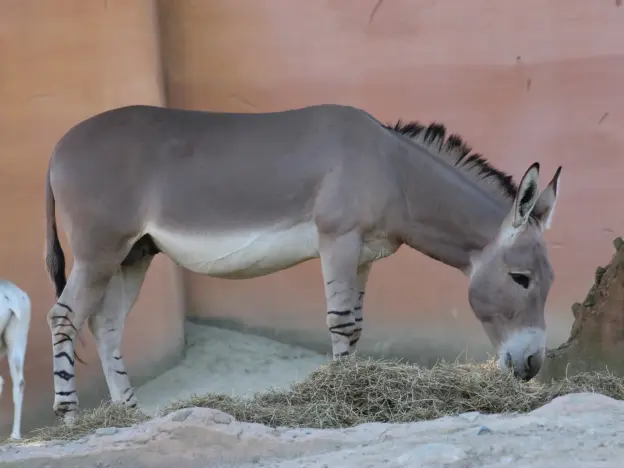Intro
A wild member of the horse family Equidae, the African Wild Ass (Equus africanus) is thought to be the ancient ancestor of the domesticated donkey often seen today.
Origins
This breed is native to dry areas of northeastern Africa such as Eritrea, Ethiopia and Somalia. They have a tough digestive system which efficiently extracts moisture from their diet of vegetation, this allows them to go a long time between watering.
These animals generally live in small family groups instead of herds due mainly to the sparse vegetation in their habitat. They are very loud and can communicate verbally with other asses up to 2 miles away.
Today conservation efforts are being made because there are only a few hundred left in the wild. This is a result of a combination of factors. Interbreeding with domesticated stock has compromised the purity of their ancient bloodlines.
They are also forced to compete with domestic livestock and agricultural needs for the limited resources of the area. Not to mention they are traditionally hunted for food and medicine in both Ethiopia and Somalia.
They are legally protected in most of the countries where they are found, however these laws are next to impossible to enforce.
Features
Resilient animals that have thrived for thousands of years in an unforgiving climate
Physique
Typical donkey with stocky body
Ears are large to help cool them and give them keen hearing
Mane is stiff and upright and tipped with black
Tail is short and ends in a black brush
Hooves are slender and close to the same diameter as the legs
Traditional Colors
Dun displaying the mealy / pangare gene and primitive markings
Temperament
That of a wild animal
Helpful Links
*All links open in a new window
Ultimate Guide to the African Wild Ass
African Wild Ass Archive
